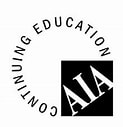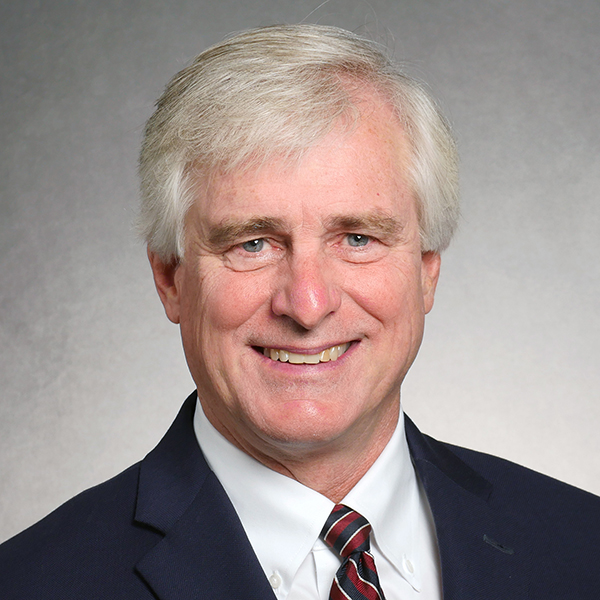Brain Food: From Construction to Operations
ZOOM
Event Details
An owner undertakes the construction of a world-class medical facility, taking all the right steps, setting all the right goals, and allocating all the right resources. The project is designed and built, systems and components are started up, and performance validated. System integration is coordinated and verified. Building automation and control systems experience sequence-of-operation procedures and testing. Commissioning is executed, confirming successful overall compliance with owner requirements and objectives. Regulatory compliance is completed and certified. Operations and maintenance (O/M) staff receive basic systems training, and the facility is equipped and occupied. And yet, somehow, within the first year of operation, the owner begins to notice faltering building performance, including high energy consumption, occupant complaints, and subpar control system function.
What was a fully functional, efficient, and well-tuned facility begins to degrade, and the owner is left to wonder what happened between construction and occupancy, and more importantly, how to get the facility back on track.
Learning Objectives
- Identifying common industry shortfalls in current O/M training.
- The importance of more robust operations training focused on critical integration and interoperability between components and systems, including examples of systems to focus on
- Development of an integrated education curriculum that includes not an only vendor - or system-specific information, but also facility system operations at the macro level
- Additionally, tools available to O&M staff to provide a daily review of system setpoints, actual conditions, and possibly conflicting data points to pre-empt and avoid issues
 Approved for 1 AIA LU
Approved for 1 AIA LU
Presenter

Clay Seckman, PE, HFDP
Senior Principal
Clay is a Senior Principal and SSR’s National Healthcare Market Sector Leader. He specializes in project management and delivery methodologies, market sector strategy, and client relationships. Clay’s expertise includes heating, ventilating, and air conditioning design for major healthcare and institutional facilities, including facility assessments and systems evaluations, facility master plans, replacement and expansion projects. He has served on several national healthcare-related organizations and industry committees, including the American Society for Healthcare Engineering (ASHE) and the Facility Guidelines Institute (FGI) Health Facilities Guidelines Revisions Committee. Clay co-authored ASHE’s Health Facility Commissioning Guidelines and the subsequent Commissioning Handbook. He is a frequent speaker at industry events and is recognized for his knowledge of the healthcare market and emerging trends in facility design, construction, and management.

